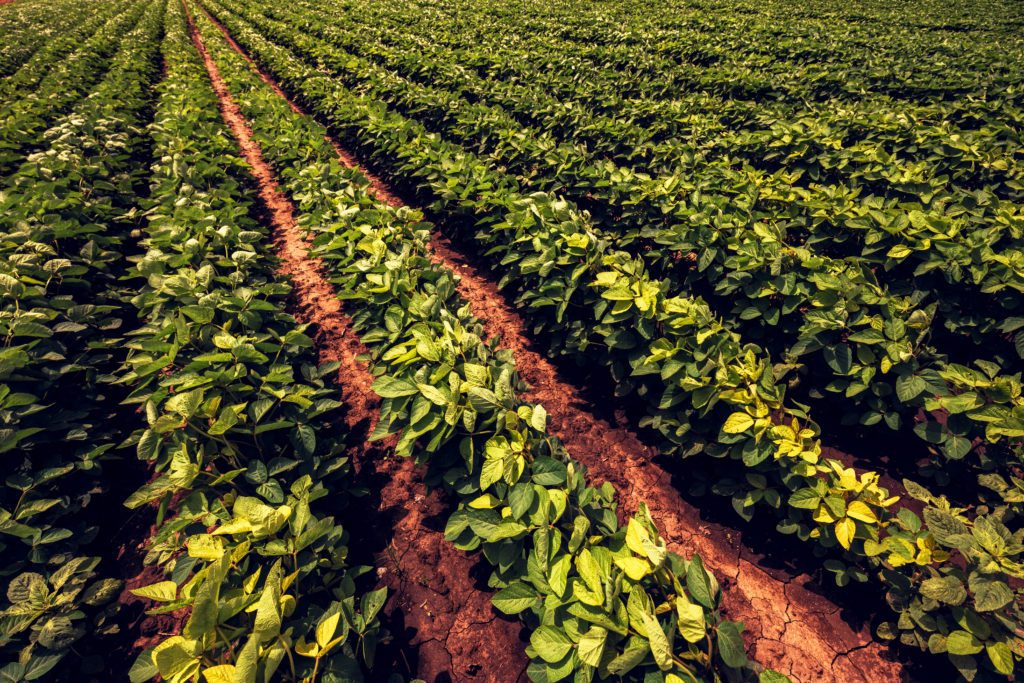Good Practices for Building Soil Structure
Several factors contribute to good soil structure. First, farmers should reduce tillage, regardless of the tillage system they use. We are not suggesting in any way that everyone should no-till, strip or ridge-till. Farmers can reduce conventional tillage as well. The key is to know the soils being used for growing and adjust tillage practices accordingly.
According to the University of Tennessee Institute of Agriculture, soil structure is highly influenced by organic matter content and soil microorganisms. Plant roots and substances produced during the decomposition of organic residues bind soil particles into aggregates. Microorganisms also assist in aggregating soils by producing glue-like substances that bind particles. Microbial networks, such as fungal hyphae, hold these aggregates together. A well-aggregated soil has a balance of large- and small-sized pores, promoting better drainage, aeration and water storage. Soils with these characteristics are said to have good “tilth” and are not restrictive to root exploration and plant growth.
While it may not always be practical, we at Pro-Soil urge farmers – for ideal results – to consider adjusting tillage from field to field, depending upon the soil type, slope [ability to drain]. Wet, late-season tillage can cause soil damage and deep compaction can be a real killer of good soil structure.
We urge farmers to maintain at least 30 percent residual cover after planting, both to reduce erosion and build organic matter with either soil amendments or “good old liquid gold manure,” which can greatly improve vital carbon content in the soil. Carbon is the chief nutritional supplier to deep soil microbes, which contribute to everything organic in the soil structure. If looking to increase soybean yields, consider purchasing Pro-Soil agricultural products, which can improve carbon content in soil.
Organic matter is about 50 percent carbon. Nutrients in manure are measured in pounds per ton of dry manure, or pounds per 1,000 gallon of liquid manure. In the end, there are about 35 to 40 pounds of carbon per ton of dry manure, or per 1,000 gallons of liquid manure.
For more guaranteed positive results for crop output, we recommend using our advanced- engineered nutritional products to help bring unproductive soil back to life or boost existing soil to yield more crops.
Pro-Soil’s biotechnology products offer the greatest potential to achieve minimum inputs and maximum yields by enabling farmers to better manage the factors that drive input costs up and those that limit production.
To learn more information about Pro-Soil products or to arrange a field evaluation, please contact us online or give us a call at 1-800-714- 4903
